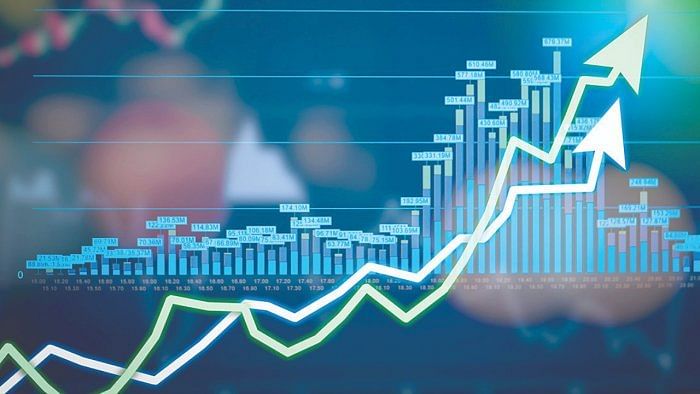
The Federal Reserve will be hard-pressed to lower inflation without a significant blow to US economic activity and a sharp rise in unemployment, and even then may miss its 2 per cent inflation target for years to come, a group of top economists concluded after a review of central banks' past inflation battles.
The study looked at 16 episodes since 1950, including six in the United States and others in Germany, Canada, and the United Kingdom, in which central banks used rising interest rates to engineer "disinflation," which the research defined as a decline in the inflation rate of around 2 percentage points or more.
"We find no instance in which a significant central bank-induced disinflation occurred without a recession," said the researchers, who included Brandeis International Business School professor Stephen Cecchetti, who is a former top economist at the Bank for International Settlements; Michael Feroli, chief economist at J P Morgan; and Columbia Business School professor Frederic Mishkin, who is a former Fed governor and longtime research collaborator with former Fed Chair Ben Bernanke.
The research was presented on Friday at a conference organized by the University of Chicago Booth School of Business, with Fed policymakers slated to discuss the findings.
The study is not the first to argue that the Fed's outlook for the economy, dubbed an "immaculate disinflation" by some observers, is unrealistic and will at some point force policymakers into hard choices about how much higher interest rates may need to rise in order to lower inflation and how steep a price they are willing to pay in terms of job losses. Some estimates have suggested the unemployment rate, currently at more than a five-decade low of 3.4 per cent, may have to approach 7 per cent for inflation to fall on a reasonable timetable.
But a series of rapid rate hikes last year, which pushed the Fed's benchmark overnight interest rate from near zero to the current 4.50 per cent-4.75 per cent range, has so far been relatively cost-free. Some parts of the economy, including the housing sector, have been hit hard by tighter credit conditions, yet the unemployment rate has not budged and overall growth has remained resilient - facts Fed officials say argues for a possible "soft landing" in which the economy weakens without falling into recession.
However, that very resilience, and a recent slowdown in the progress seen in month-to-month inflation data, has raised questions about whether the Fed will need to force interest rates higher than anticipated, at a greater cost to the economy.
Mild recession
The researchers characterized the Fed's most recent economic projections, issued in December but due to be updated in about four weeks, as "benign." Those projections have inflation dropping to 2.1 per cent by the end of 2025, with the economy growing throughout and the unemployment rate rising only to around 4.6 per cent.
By contrast, they said "the cost of lowering inflation to the Fed's 2 per cent target by 2025 will likely be associated with at least a mild recession."
One point they emphasized is that the outcome will depend heavily on whether the economy and inflation behave as they did during the Great Moderation, a period the researchers date from 1985 to 2019 and which was characterized by less persistent inflation, or more resemble how things worked before then, when inflation shocks were tougher to tame.
Their own econometric work suggested the full timeline is better suited to the inflation outbreak that began with the onset of the Covid-19 pandemic.
Perhaps too reliant on the tame inflation of recent decades, the Fed made a "significant error" by not raising interest rates "preemptively" when inflation began accelerating in 2021, the group concluded.
While they also credited central bank officials with catching up to the problem over the last year through more rapid rate increases, they also foresee a hard road ahead in which it gets progressively more difficult to lower inflation after an initial round of progress.
Their preferred model estimates that with a policy interest rate that peaks at around 5.6 per cent this year - already higher than the 5.1 per cent Fed officials projected as adequate in December - inflation would fall only to 3.7 per cent by the end of 2025.